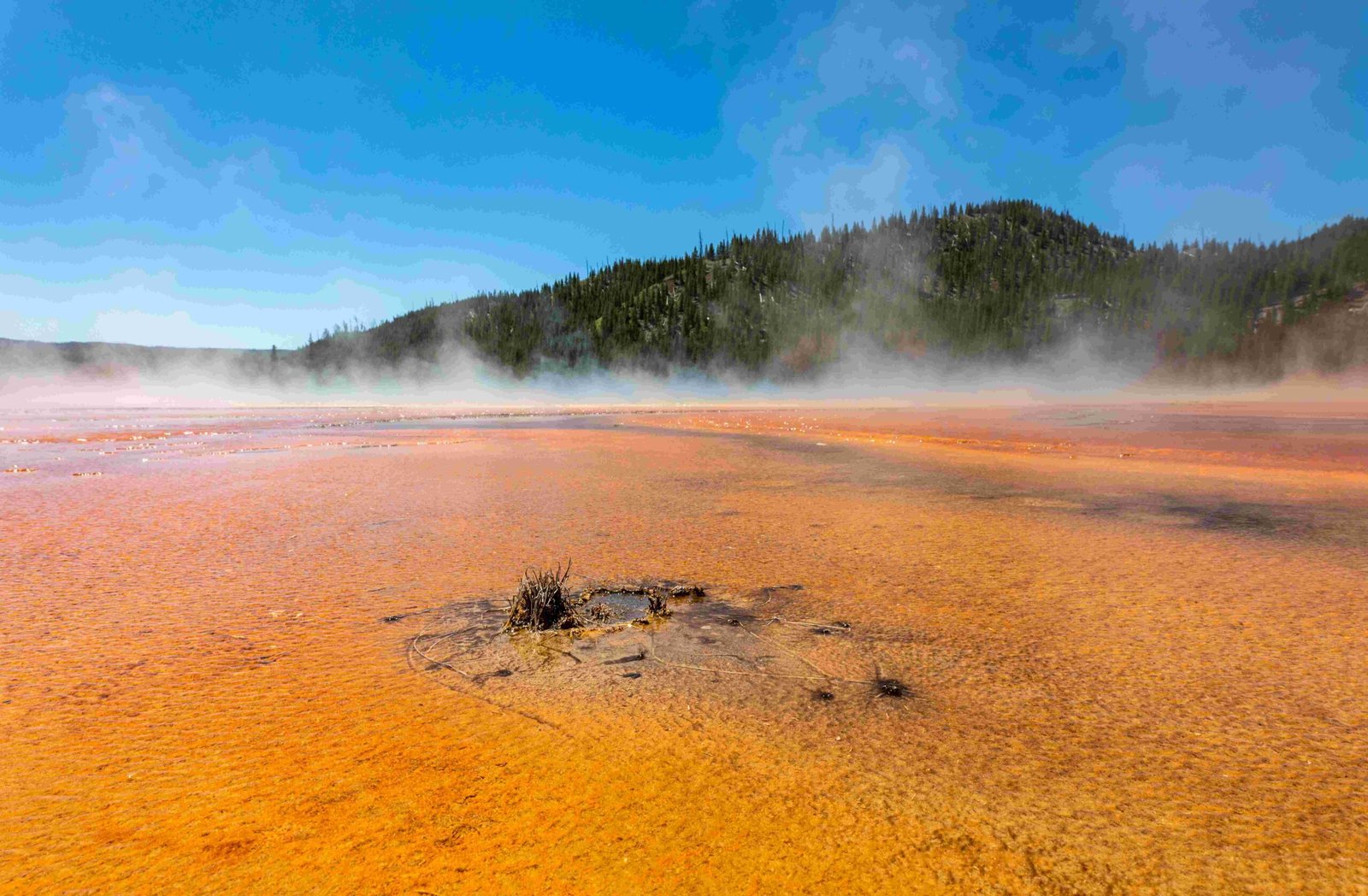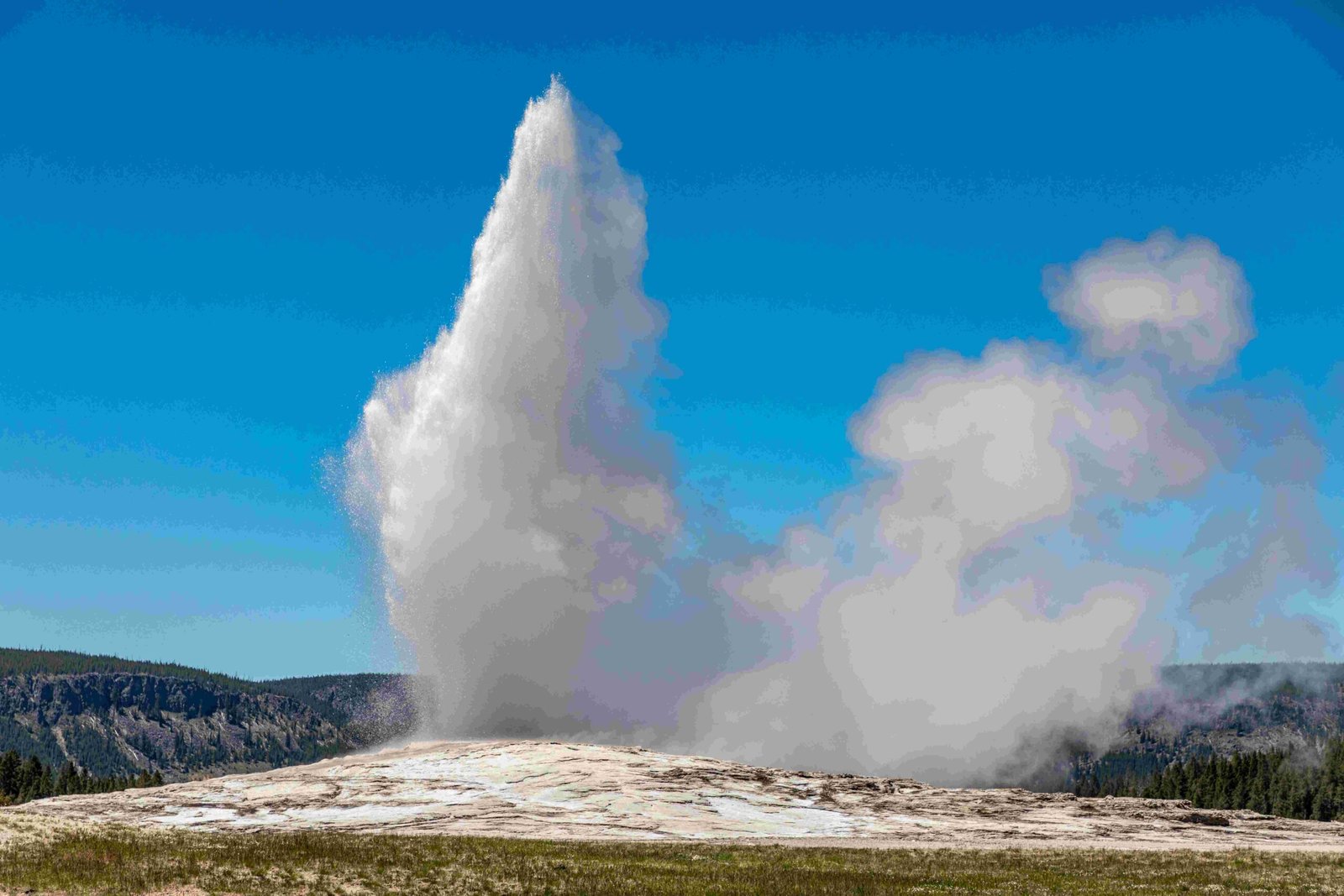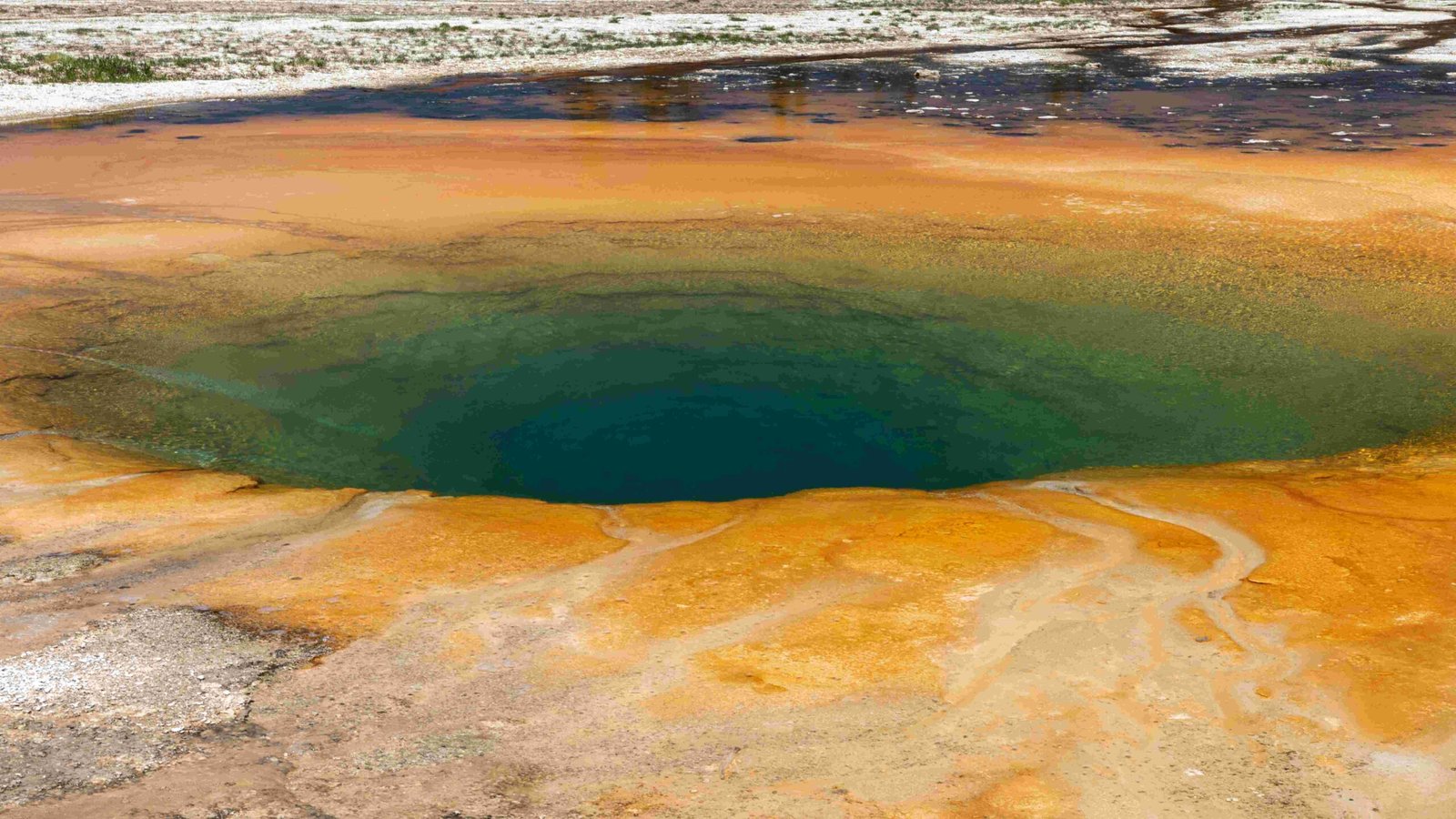The reintroduction of wolves to Yellowstone National Park in 1995 marked a significant ecological event, necessitating a specific environmental vocabulary. This lexicon encompasses terms related to wolf ecology, reintroduction processes, trophic cascade effects, and habitat restoration. Understanding these terms is crucial for comprehending the complex interactions between wolves and their environment in Yellowstone’s ecosystem.
What are the Key Terms in Wolf Ecology?

Wolf ecology involves a unique set of terms that describe the behavior, social structure, and adaptations of these apex predators:
- Adaptation: Changes in a wolf’s behavior or physiology that enhance its survival in a specific environment.
- Alpha/Breeding Pair: The dominant male and female in a wolf pack, responsible for reproduction.
- Carnivore: An animal that primarily consumes meat, such as wolves.
- Dispersion: The process by which wolves leave their natal pack to establish new territories.
- Dominance Hierarchy: The social structure within a wolf pack, determining individual ranks.
- Pack: A social group of wolves, typically consisting of a family unit.
Understanding these terms is essential for grasping the intricate dynamics of wolf populations in Yellowstone.
How Does the Reintroduction Process Vocabulary Differ?

The reintroduction of wolves to Yellowstone involved specific terminology:
- Hard Release: The immediate release of wild wolves into a new area without acclimation (used in central Idaho).
- Soft Release: The method employed in Yellowstone, where wolves were kept in holding pens before release to acclimate to their new surroundings.
- Reintroduction: The process of bringing wolves back to areas from which they had been extirpated.
These terms highlight the different approaches used in wolf reintroduction efforts and their potential impacts on the success of the program.
What are the Key Concepts in Trophic Cascade Effects?
The return of wolves to Yellowstone triggered a series of ecological changes known as trophic cascades. Key terms include:
- Trophic Cascade: The ripple effect through an ecosystem caused by the presence or absence of a key species, in this case, wolves.
- Herbivory: The feeding or foraging of animals on living plants, particularly relevant to elk browsing in Yellowstone.
- Keystone Species: A species with a disproportionate impact on its environment relative to its abundance, such as wolves in Yellowstone.
Understanding these concepts is crucial for appreciating the far-reaching effects of wolf reintroduction on Yellowstone’s ecosystem.
How Does Habitat Restoration Vocabulary Relate to Wolf Reintroduction?
While the primary focus was on reintroducing wolves rather than specific habitat restoration efforts, several terms describe the indirect and direct outcomes that contributed to habitat improvement:
- Buffer Zone: Areas between wolf pack territories where prey species often flourish and dispersed wolves find relative safety.
- Vegetation Recovery: The regrowth of plants, such as aspen and willow, due to reduced elk browsing after wolf reintroduction.
These terms illustrate the interconnectedness of wolf presence and habitat health in Yellowstone.
What are the Ecological Impacts of Wolf Reintroduction?
The reintroduction of wolves to Yellowstone National Park in 1995 had significant ecological impacts, which can be described using the following vocabulary:
| Term | Definition | Impact |
|---|---|---|
| Elk Population Dynamics | Changes in elk numbers and behavior | Decreased from 17,000 to 4,000, leading to a healthier population |
| Vegetation Recovery | Regrowth of woody plants | Aspen and willow grew taller, regenerating riverbank vegetation |
| Riverbank Erosion | Soil loss along water bodies | Decreased due to reduced elk grazing |
| Beaver Dams | Structures built by beavers | Increased, creating new habitats for various species |
| Grizzly Bear Population | Changes in grizzly numbers | Increased due to feeding on wolf-killed elk carcasses |
| Scavenger Abundance | Availability of food for scavengers | Increased food availability for coyotes, eagles, and ravens |
These terms and their associated impacts demonstrate the complex web of ecological changes triggered by wolf reintroduction.
How Can Visitors Observe Wolves in Yellowstone?
Visitors interested in observing wolves in Yellowstone can benefit from understanding the following terms related to access and activities:
- Park Entrances: Various points of entry to Yellowstone, with the north entrance near Gardiner, Montana, being popular for wolf sightings.
- Guided Tours: Ranger-led programs and guided tours focusing on wolf ecology and sightings.
- Observation Points: Designated areas like the Lamar Valley known for wolf sightings.
- Park Regulations: Rules and guidelines that visitors must follow for safe and responsible wildlife viewing.
Understanding these terms can help visitors plan their wolf-watching experience effectively and responsibly.
What is the Significance of Environmental Vocabulary in Wolf Conservation?
The environmental vocabulary associated with wolves returning to Yellowstone National Park plays a crucial role in conservation efforts:
- Communication: Provides a common language for researchers, park officials, and the public to discuss wolf-related issues.
- Education: Helps in educating visitors and the general public about the ecological importance of wolves.
- Policy Making: Informs decision-making processes related to wolf management and conservation.
- Research: Facilitates scientific studies on wolf behavior, ecology, and ecosystem impacts.
- Public Engagement: Enhances public understanding and support for wolf conservation efforts.
By mastering this vocabulary, stakeholders can better contribute to and understand wolf conservation initiatives in Yellowstone and beyond.
In conclusion, the environmental vocabulary for wolves returning to Yellowstone National Park encompasses a wide range of terms from wolf ecology, reintroduction processes, trophic cascade effects, and habitat restoration. This lexicon is essential for comprehending the complex interactions between wolves and their environment, as well as the far-reaching impacts of their reintroduction on the Yellowstone ecosystem.
References:
1. Glossary – International Wolf Center
2. Wolves of Yellowstone – National Geographic Education
3. Gray Wolf – Yellowstone National Park

